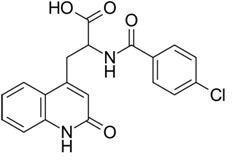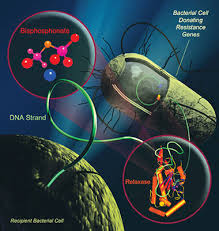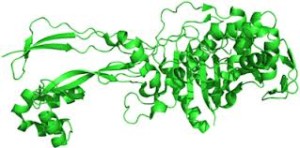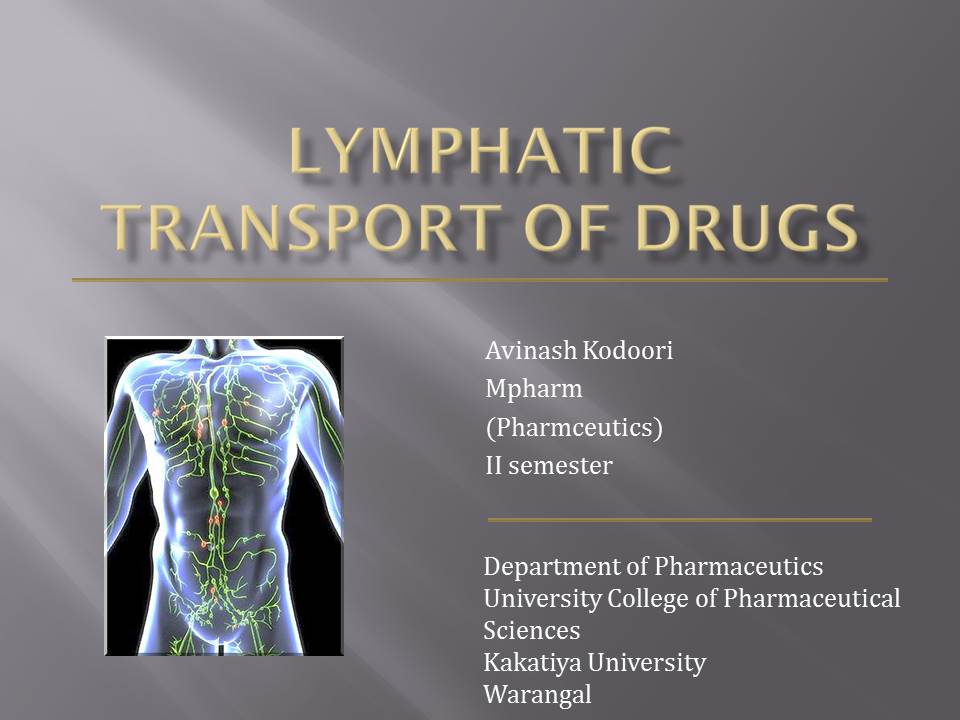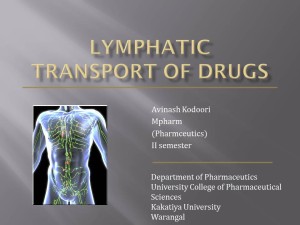Writing a thesis is a nightmare for most of us. Sometimes the task is more daunting than even the actual research work. One is always worried about the mistakes that may creep. Managing of literature and the task of adding references, page no, Table no. , generating index of figures and tables and a plethora of things which seem unmanageable by a single person. However using the tools of the modern day we can make our task a lot simpler.
So for any Researcher the following tools are indispensable:
-
Google Scholar: Google Scholar is Google for scientific articles. Everyone knows the power of Google as it comes to web searching and trust me Google Scholar is as powerful. It offers a major boost to the way we search. This is quite useful when we want to write a literature review which needs gathering of lot of articles and Google Scholars helps us both in Quantity and Quality of the research articles we get.
(P.S. Through Google Scholar if you are lucky enough you can get PAID articles for FREE!!!)
Read more about Google Scholar here
-
Zotero: Zotero is a free citation/ reference manager. What it does? It makes an electronic list of all the articles we search and save. Also it enables to make note for every article. But wait that is not what we use Zotero for. Zotero is used to manage references. It helps us to use these references in our articles and also generate the references section (Bibliography at the end). All this is done without the need of numbering the articles or worrying about formatting each and every individual reference. What if you have formatted references in a particular way and your mentor/guide says “Hey the Author names should be italicized not bold“. With Zotero it’s just a matter of few minutes.
(P.S. I had formatted about 200 references in less than 30 minutes using Zotero + Google Scholar)
-
Microsoft Word: Though people might wonder what is so special about Word, there are many features you could use to make article/thesis writing a breeze. The most useful being auto generating of List of Contents, List of Tables, and List of Figures. It saves us the effort of remembering numbers of tables/figures so that when phrases such as “as evident from TABLE??” crop up word automatically fills it. And most importantly the advanced formatting offers us with a good lot of control over the look and feel of the thesis.
Suppose you wonder “what if my font size for all headings was increased a bit and they were underlined would it be nice?”. With Word it’s a matter of seconds.
More articles on how to use these resources are coming up. So keep watching our website or subscribe to our Facebook page…




